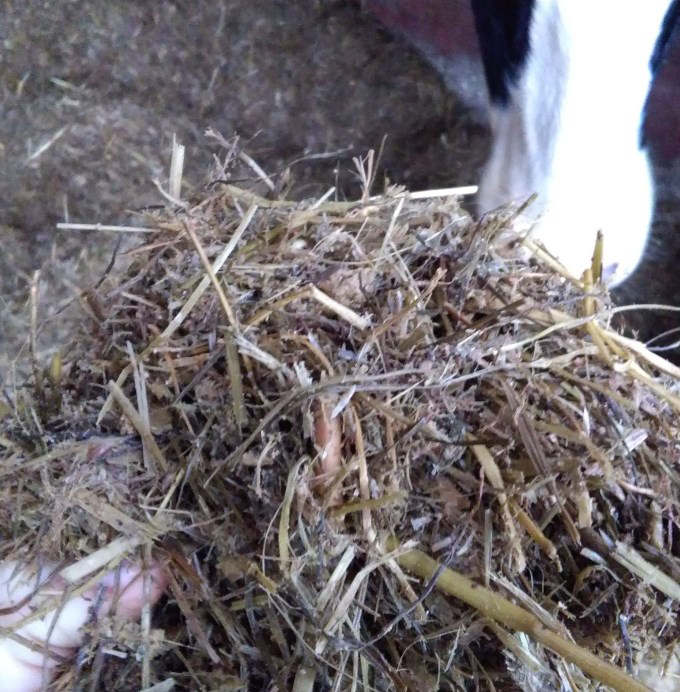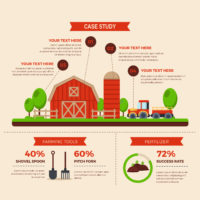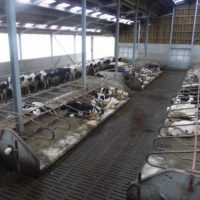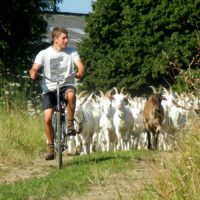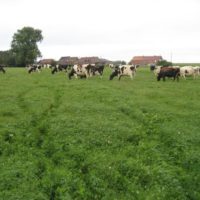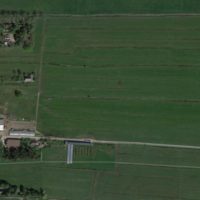Description
Westerwold ryegrass (annual type of Italian ryegrass) is used as a companion (cover) crop while establishing a new temporary grassland instead of cereals such as oats or barley. Different varieties of westerwold ryegrass are used by the farmer to enhance the positive effect of leys productivity in the sowing year.
Reason for the innovation
The farmer uses intensive temporary grasslands what is an alternative to maize cultivation. The share of grass sward in TMR feeding system is as much as 70% on the farm, while not more than 50% is typical of the country.
Many Polish farmers are afraid of investing in grassland productivity enhancing because of the high risk of failure. It is highly noticable in the Wielkopolskie voivodeship, where maize is commonly cultivated. Although westerwold ryegrass is a highly productive grass, comparable to maize, having even better feeding value, farmers are not really convinced about that and they generally prefer to cultivate maize than grasses.
Farm description
Environment
- Soil types: Sandy, Peat, Sandy-loam
- Climate: Warm-summer humid continental
- Altitude: 54 m a.s.l.
- Slope: 0%
Grassland management
- All of the grasslands are exclusively mowed.
- The sward is conserved by making haylage and hay.
Structure
- Annual Work Unit 4
- Agricultural Area : 70 ha UAA
- Main forage area: 59 ha
- Arable land area: 30 ha
- Permanent grassland area: 40 ha
- Temporary grassland area: 13 ha
- Other forage area (silage maize): 6 ha
- Average stocking rates:
- agricultural area 1.3 LU/ha
- main forage area 1.6 LU/ha
- grassland area 1.9 LU/ha
Animal performance
- Dairy cows: 60
- Total livestock units: 95 LU
- Milk production per head: 8750 (l/year)
Why it is working
The owner of the farm has theoretical and practical knowledge in grassland management. An optimum sowing rate by the renovation of westerwold ryegrass (10 kg/ha), as well as high nitrogen fertilization (275 kg N/ha), contribute to the success of renovation carried out on the farm.
